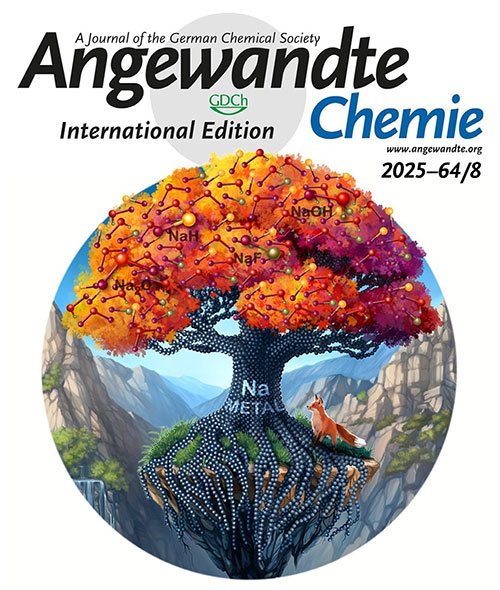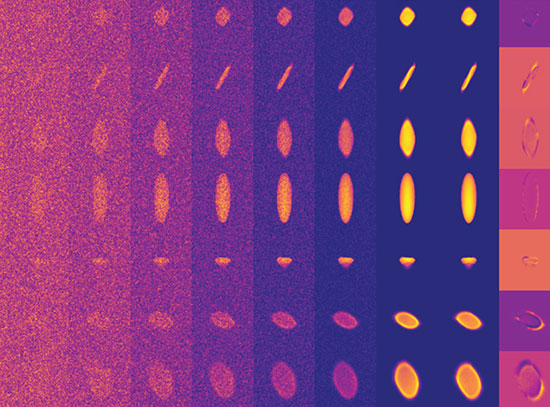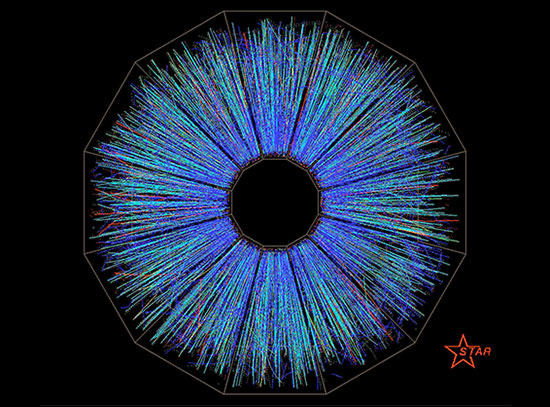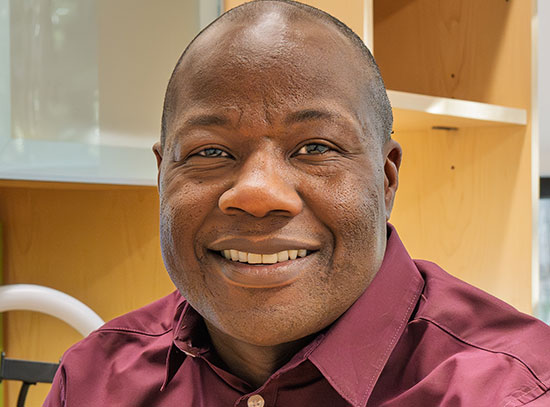Studying the Chemistry of Sodium Metal Systems for Batteries
April 9, 2025
The Science
Scientists reveal how current collector chemistry and electrodeposition rate influence the microstructure of sodium (Na) electrodes and their solid electrolyte interphase (SEI).
The Impact
Understanding the behavior of Na – which is cheaper, more abundant, and safer than other battery materials – is key to developing next-generation energy storage.
Summary
As researchers work to find materials for the next generation of batteries for energy storage, sodium metal (Na) and sodium ions have become a focus. But there are many challenges to overcome before sodium can be considered a valid battery electrode material. Perhaps the biggest roadblock is that sodium is not deposited and re-dissolved in a stable way at the interface between the battery electrode and the electrolyte.
One established approach to overcome this issue is by using current collector underlayers that do not react with the sodium yet are simultaneously sodiophilic. There has been a lot of research in this area, although synchrotron-based techniques — while popular for studies of lithium-ion batteries — have been much less explored for sodium batteries. The interphase that forms at the electrolyte/electrode boundary also remains poorly understood.
To uncover some of those details, researchers conducted a multimodal investigation of the microstructure of a battery solid-electrolyte interface in response to varying factors, including the different types of support structure, known as the current collector, and the deposition rate of the Na and the chemistry of the current collector. The current collector they studied consisted of a copper film coated with copper telluride (Cu2Te) as the sodiophilic support, to contrast the conventional Cu current collector that is sodiophobic.
The system was studied with a variety of techniques. Laboratory-based techniques including scanning electron microscopy, which was performed at the Center for Functional Nanomaterials (CFN) at Brookhaven National Laboratory, X-ray photo electron spectroscopy, and cryo-FIB-SEM at the Center for Integrated Nanotechnologies (CINT) at Los Alamos National Laboratory. The synchrotron X-ray analysis was performed at three beamlines at the National Synchrotron Light Source II (NSLS-II): the Full Field X-ray Imaging (FXI) beamline, the Complex Materials Scattering (CMS) beamline, and the Quick X-ray Absorption and Scattering (QAS) beamline. Together they provided a holistic approach to characterize the materials morphology, chemical composition, and crystalline structures.
The results reveal a complex relationship between the current collector chemistry and the deposition rate, showing major differences in the interphase film morphology, its internal porosity, and the preferred orientation of the interphase crystal structure.
NSLS-II and CFN are U.S. Department of Energy (DOE) Office of Science user facilities located at DOE’s Brookhaven National Laboratory. CINT is a DOE Office of Science user facility located at DOE’s Los Alamos National Laboratory.
Download the research summary slide (PDF)
Related Links
https://onlinelibrary.wiley.com/doi/full/10.1002/anie.202412550
Contact
Yu-chen Karen Chen-Wiegart
Brookhaven National Laboratory
Stony Brook University
Karen.Chen-Wiegart@stonybrook.edu
David Mitlin
The University of Texas at Austin
david.mitlin2@utexas.edu
Publications
Chang-An Lo, Yixian Wang, Varun R. Kankanallu, Aditya Singla, Dean Yen, Xiaoyin Zheng, Kaustubh G. Naik, Bairav S. Vishnugopi, Callum Campbell, Vikalp Raj, Chonghang Zhao, Lu Ma, Jianming Bai, Feipeng Yang, Ruipeng Li, Mingyuan Ge, John Watt, Partha P. Mukherjee, David Mitlin, Yu-chen Karen Chen-Wiegart. "Interdependence of Support Wettability - Electrodeposition Rate- Sodium Metal Anode and SEI Microstructure." Angewandte Chemie e202412550 DOI: https://doi.org/10.1002/anie.202412550
Funding
We gratefully acknowledge support from the U.S. Department of Energy, Office of Science, Basic Energy Sciences under Award# DE-SC0023260. This research used resources, Full Field X-ray Imaging (FXI) beamline (18-ID), Complex Materials Scattering (CMS) beamline (11-BM), and Quick X-ray Absorption and Scattering (QAS) beamline (7-BM) of the National Synchrotron Light Source II, a U.S. Department of Energy (DOE) Office of Science by Brookhaven National Laboratory under Contract No. DE-SC0012704. This research used scanning electron microscopy capabilities of the Center for Functional Nanomaterials (CFN), which is a U.S. DOE Office of Science Facility, at Brookhaven National Laboratory under Contract No. DE-SC0012704. Cryo-EM was performed at the Center for Integrated Nanotechnologies, an Office of Science User Facility operated for the U.S. Department of Energy (DOE) Office of Science. The Los Alamos National Laboratory, an affirmative action equal opportunity employer, is managed by Triad National Security, LLC for the U.S. Department of Energy's NNSA, under contract 89233218CNA000001. This work was supported by The Welch Foundation (F-2206).
2025-22481 | INT/EXT | Newsroom










